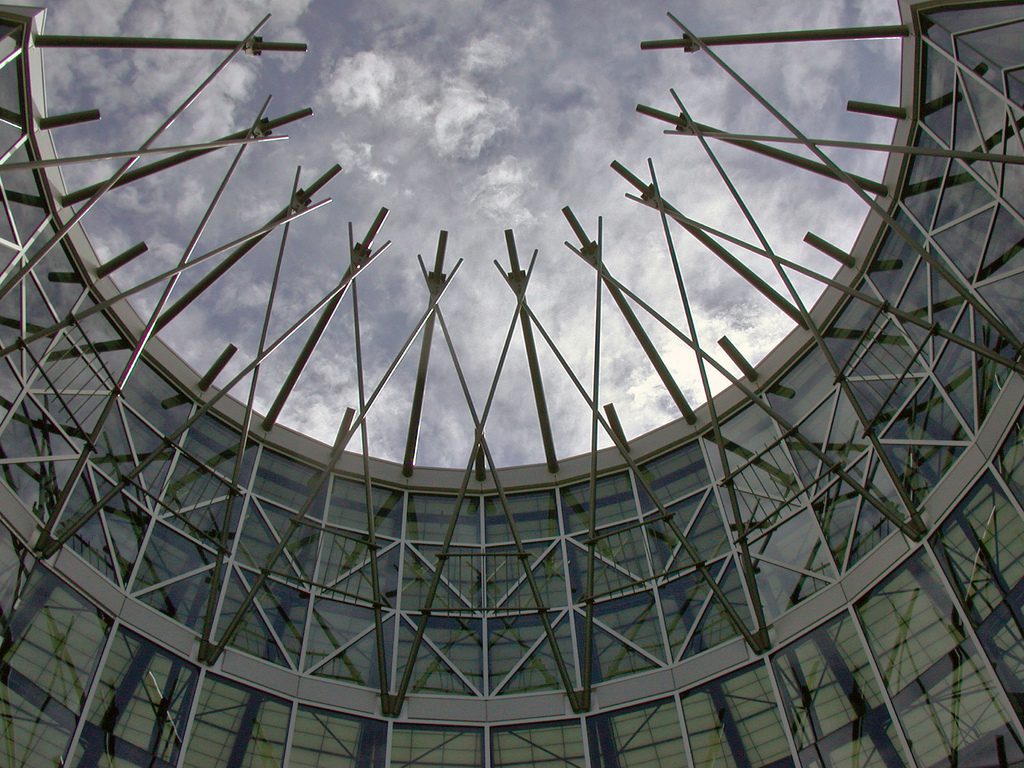By: Liv Ehlert, CAPM
A significant amount of the existing infrastructure found on Indigenous lands and within Indigenous communities is aging, reaching the end of its useful lifecycle, inadequate or operating in poor condition. Engineers are uniquely positioned to positively impact Indigenous or on-reserve communities directly through the infrastructure they design and the subsequent economic development that follows. Reliable, resilient and maintainable infrastructure is part of the foundation for improving the quality of life and outcomes for individuals in these communities. Although government funding and awareness have increased over recent years, additional work and investments must still be made to ensure vulnerable infrastructure is strengthened and buildings are optimized to meet the needs of their owners and occupants while providing safe spaces for communities to truly thrive.
MANAGING INDIGENOUS INFRASTRUCTURE PROJECTS
Understanding the existing relationships within Indigenous communities is essential to ensuring success from a project management perspective. Gaining insight into the internal dynamics of groups, such as connections between council and individuals living on reserve or Indigenous land, helps consultants to understand the wide-ranging impacts infrastructure projects have on an entire population. Understanding the varied needs throughout a community is our responsibility as a prime consultant, engineering sub-consultant or project manager to satisfy government or council members and end users of the buildings we design.
The approach to these projects must be inclusive of Indigenous heritage and practices; this means initiating a project with a thorough understanding of what a building is or will be used for and making considerations to improve the design and ensure each mechanical, electrical, structural or building envelope system is optimized for its unique purpose. For example, designing HVAC systems for buildings where smudging or smoke ceremonies occur will significantly differ from the design of a facility not intended for these events. Engineers must customize their design to meet these particular ventilation requirements and ensure a building doesn’t ventilate these spaces during these events. As certain spaces are used for spiritual or cultural practices, it is essential for consultants to have a deep understanding of the spaces they are designing and provide a customized design approach for these traditions to continue as intended.
ENSURING SUCCESSFUL INFRASTRUCTURE FOR INDIGENOUS GROUPS
The typical approach to assessments and strategic planning projects involves a visual walkthrough of a building, an analysis of the conditions observed on site and prioritizing replacements, upgrades or repairs based on the findings. Although this approach may be sensitive to the needs of an Indigenous community, it can also be difficult to capture the full scope of what is required on each project. An example of this can be demonstrated through our work with the Frog Lake First Nation. Williams Engineering (WE) was engaged to complete assessments of several buildings, including one particular building that, on paper, should have been demolished due to its poor condition and ventilation. After engaging directly with community members and users of the building, our team determined that the structure had been and continued to be the only available space for the community to access continuing education services and mental health resources. The removal of this building would leave vulnerable members of the community without access to support services or resources to provide better lives for themselves and their families. As a result, the building was deemed essential to the well-being of the community. Instead of making the recommendation to tear the building down, our team identified several upgrades and replacements that could be considered as an alternative to demolition that would ensure the safety of occupants and bring the building up to code. The responsibility to visit any site and engage directly with these communities falls on the consultant before starting even a simple project. There is far more to these projects than just the base building structure; stories and histories must be discovered and considered to make informed decisions regarding community infrastructure.
STAYING COMMITTED TO SUSTAINABILITY
Building sustainable infrastructure for Indigenous communities improves the safety, resiliency, and economic outlook of many individuals who live and work on these lands. Since there are often funding limitations, Indigenous communities may not have the same ability to properly maintain or assess infrastructure as a building operated by a municipality. Sustainable systems that improve building performance and energy efficiency result in significant cost savings for owners and occupants. When designs are not produced with a sustainable mindset, the longevity and lifecycle of mechanical, electrical ,structural or building envelope systems can be significantly lowered, negatively impacting any community that may already be vulnerable or struggling. Some communities in remote regions or on Indigenous land often do not have access to the services or expertise required to repair or replace infrastructure that has been damaged or reached its end of life. Designing structures that are resilient to an adverse climate and environment, in addition to a lack of expertise or lack or resources, ensures these communities and their investments can benefit over the long term.
The innovative solutions that consultants provide Indigenous communities need to thoughtfully balance sustainability, cost efficiency and resiliency while honouring the traditional cultures, languages, and histories of the communities we work with. Our knowledge and expertise give us the unique opportunity to integrate our designs with important elements of Indigenous culture.
Williams Engineering (WE) is committed to further developing and nurturing our relationship with Indigenous peoples and communities by listening first and then working collaboratively to reach solutions that help solve existing infrastructure concerns. By working collaboratively throughout the entirety of any infrastructure project, we can ensure Indigenous communities continue to advance, providing current and future generations with an opportunity to thrive and grow.
Photo of Blackfoot Crossing Historical Centre
